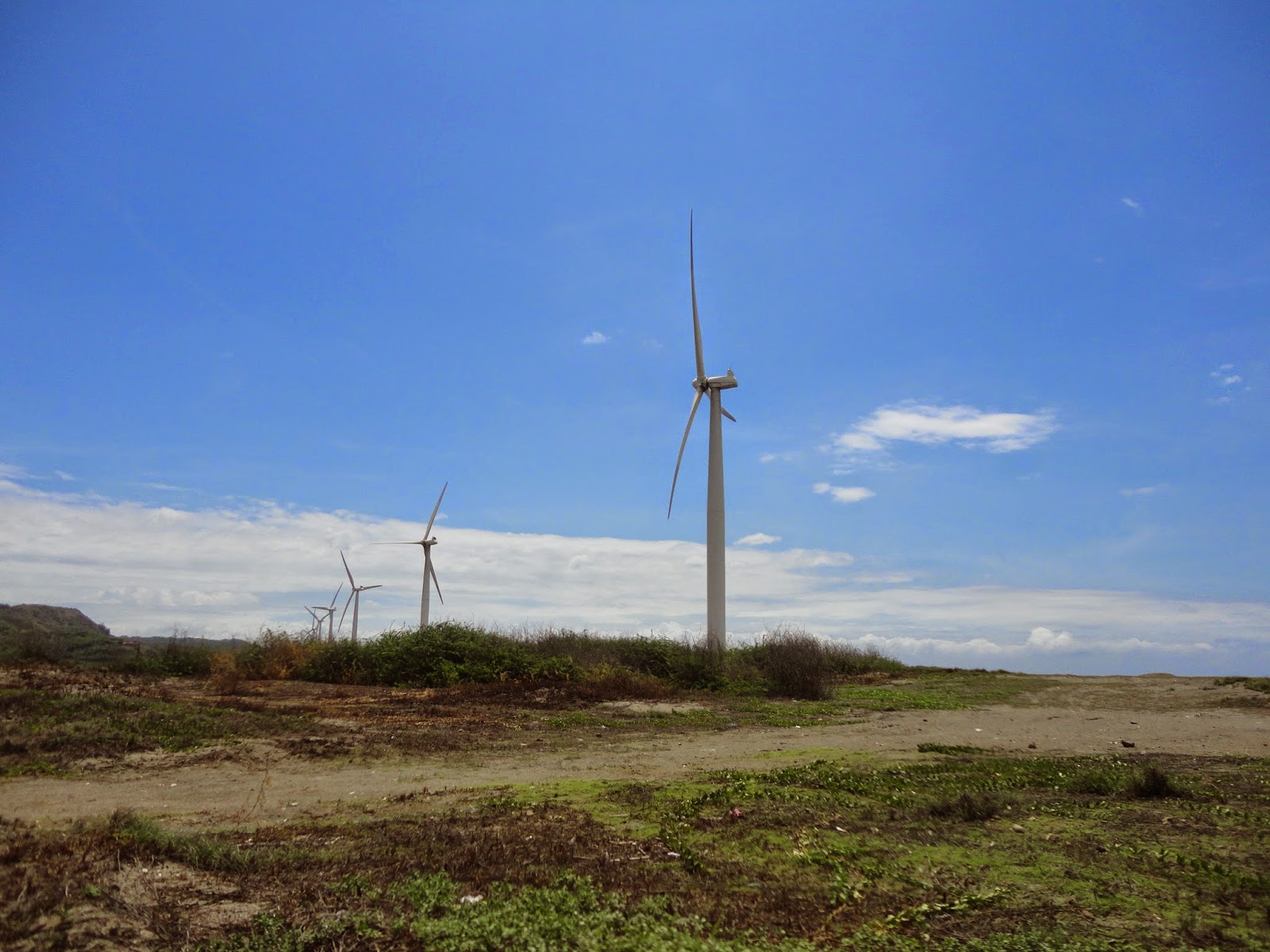However, that didn't push through. It had been raining since we started with our tour last October 9, which was my birthday. Our guide Raydy picked us up at our hotel at 9 a.m.. When we were already in the van, he asked us if we had umbrellas. My sister brought hers. And what about me? Stupid me left my umbrella in Manila! Haha! It was there under my office desk, and I left it. Huhuhu. Of all the days when I wouldn't have my umbrella with me, it had to be on a rainy trip outside the country. On my birthday. Good thing Raydy lent me his umbrella (Thank you!).
Our first stop was Mari Mari Cultural Village. Raydy said "mari mari" means "come, come." In Mari Mari Cultural Village, we were introduced to the five tribes of Borneo. We visited each of the tribe's houses, which are what we call bahay kubo in the Philippines. I won't expound on what each tribe is known for, because I don't want to spoil your trip to Mari Mari Cultural Village. I did take a few notes on my phone, and I couldn't help but point out the similarities of our ethnic groups in the Philippines and the tribes in Borneo.
For one, the houses that they lived in. Nipa huts. Bahay Kubo. The bahay kubo is the traditional Filipino home, and our ancestors lived there before the Spaniards came and colonized the Philippines. The tribes of Borneo hunted and gathered to look for food--same with ours. They had headhunters, rice wine makers, people who cook using bamboo--same with ours.
Perhaps our people are similar because Malaysia and the Philippines are both in Southeast Asia. In a way, there is a link that connects us as Southeast Asian neighbors. Even our languages sound alike, although a lot of Tagalog words are derived from Spanish, with the Philippines having been colonized by the Spaniards for 300 years.
No wonder I felt at home in Mari Mari Cultural Village, even if it was in another country.
Here are some of the things that you will see in Mari Mari Cultural Village.
In the Philippines, we use this to cover plates of food on the table.
Jars for rice wine.
Ingredients for rice wine.
The girl demonstrated how rice wine is made.
Food cooked using bamboo.
Nature.
Kulintangan. In the Philippines, we call these kulintang.
What you would find in a Bajau wedding.
Coconuts.
The tour ended with a cultural performance, which was, again, very similar to our dances in the Philippines. They even danced while bamboo poles are being "clapped" at their feet (careful with your toes and ankles!). In the Philippines, we call this dance Tinikling.
My trip to Mari Mari Cultural Experience was an enriching experience. In fact, I was inspired to explore more places in my own country, because I knew our history and culture are just as rich.
After Mari Mari, we toured Kota Kinabalu City. It was raining nonstop. Too bad my birthday trip coincided just as the tail-end of typhoon Vongfong was bringing rains to Sabah. But I couldn't allow myself to be gloomy on my special day. The sky may be gray, but my mood wasn't.
Photos I took at the Puh Toh Tze Buddhist Temple.
The Floating Mosque.
View of the KK City from Signal Hill. Pardon the storm clouds.
That night, I made sure I slept early for our trip to Kinabalu Park and Sabah Tea Garden the next day. But, as I've said earlier, the trip didn't push through. There was a landslide, so the road going to Kinabalu Park was impassable. But that didn't dampen my enthusiasm. I'd still love to go around Sabah.
Our guide Raydy brought us first to Nabalu Town, also called Handicrafts Market. My sister around looked around the souvenir stalls, but what caught my interest was door leading to the back of one of the stalls. And lo and behold, there was a charming little park with a view of the mountains!
Still beautiful even on a cloudy day. I love this place.
I wouldn't mind staying in this gazebo for hours just looking at the view.
So peaceful.
Next, Raydy brought us to Kokol Hill, where retreat houses abound. It's not really a tourist spot because most people go there for retreats and prayer. But I didn't mind that. After all, being a tourist is not simply about visiting well-known tourist spots. It's also about exploring new places and being ready for new experiences.
We went to Villaku Boutique Homestay & Cafe for lunch. The restaurant serves local dishes. My sister and I tried the Chicken Vindaloo and, of course, Nasi Lemak.
The restaurant. How charming!
The view from the balcony. Pardon the gray sky. Had it not rained, I would've stayed here for a few more minutes after eating. Simply looking at the view calmed my mind.
The trip to Kokol Hill turned out to be my favorite part of the trip. It was a welcome detour, after all. I still find myself thinking about Kokol Hill often, even if I'm now back in Manila. In fact, my mind often drifts to my short but sweet vacation in KK. The city felt like home, with familiar sights, and familiar people. The people are warm and hospitable, just like Filipinos.
I'm more than happy to have celebrated my birthday there. I'll certainly come back to explore more. I don't know when, but I will be back.




















































